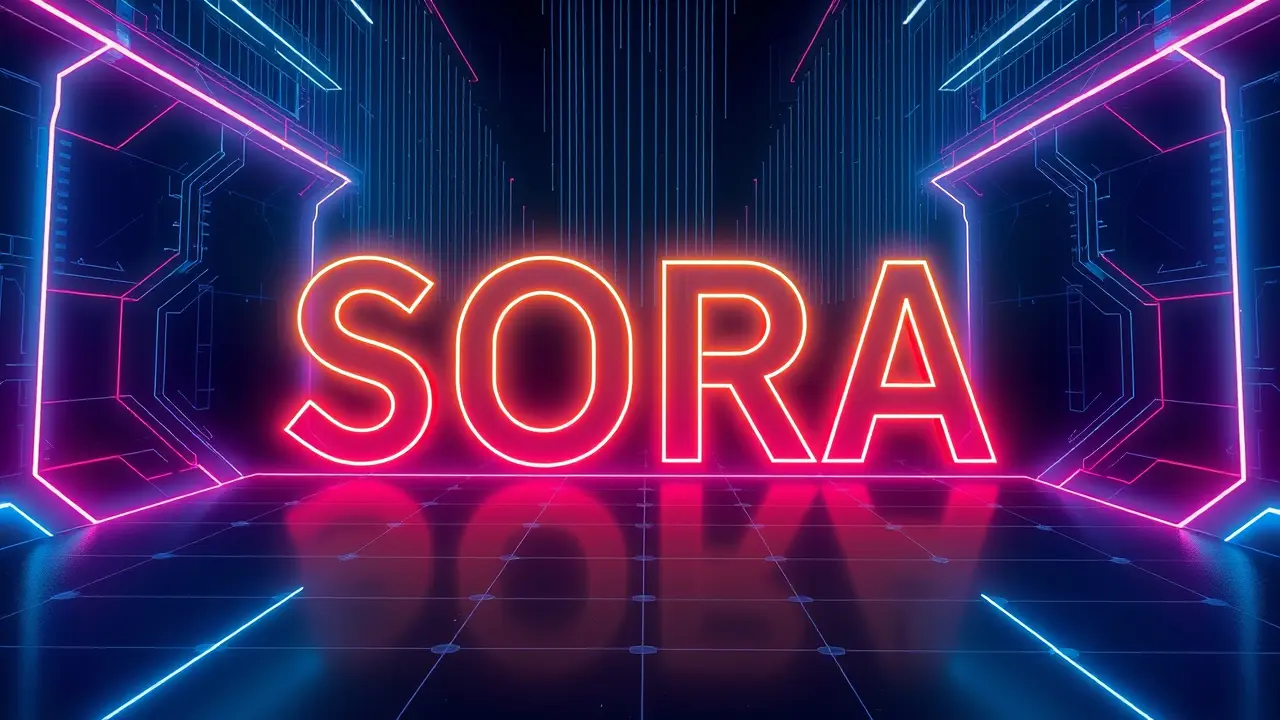Chris Lehane and OpenAI's Sora Mission
The deployment of OpenAI's Sora video generation model represents not merely a technological inflection point but a profound societal stress test, one that cuts to the very core of the company's identity and its precarious position at the nexus of innovation and governance. Chris Lehane, the company's Chief of Global Affairs, a veteran political strategist forged in the crucibles of the Clinton White House and countless corporate battles, now faces what may be his most complex campaign yet: managing the fallout from a tool that can fabricate reality itself.The 'Sora problem,' as it's colloquially known, is the foundational tremor that precedes the earthquake; it's the embodiment of every Asimovian dilemma about the unbridled power of creation. This isn't just about a slick new AI that can produce a minute of high-fidelity video from a text prompt; it's about the immediate and irreversible erosion of our shared visual epistemology.How does a society function when seeing is no longer believing? Lehane's mission is to architect a framework of trust for a product inherently designed to deceive, a paradox that would challenge the most seasoned ethicist. The strategic playbook here is unlike any product launch in history.We're not discussing server capacity or user interface bugs; we're debating the weaponization of narrative, the potential for geopolitical destabilization through hyper-realistic deepfakes of political leaders, and the systematic undermining of judicial evidence. OpenAI, in its race against well-funded competitors like Google and Meta, is caught in the innovator's dilemma on a global scale: to release Sora widely is to unleash a torrent of disinformation, yet to withhold it is to cede ground and potentially stifle the creative and educational potentials that are equally staggering.Imagine a filmmaker pre-visualizing entire scenes without a budget, or a historian recreating lost moments from the past—the positive applications are as boundless as the perils. Lehane’s approach appears to be a multi-front war, combining the cautious, staged release strategy reminiscent of nuclear non-proliferation treaties with a aggressive public relations campaign aimed at positioning OpenAI as the responsible adult in the room.He must lobby governments to craft sensible, forward-looking regulations without strangling the technology in its crib, all while navigating the internal tensions between the 'accelerationists' who champion unhindered progress and the 'decelerationists' who advocate for a more measured, safety-first approach. The Sora problem is, therefore, a microcosm of the entire AI alignment problem.It forces us to confront uncomfortable questions about agency, accountability, and the very fabric of human communication. The resolution of this single issue—how we govern a machine that can dream in pixels—will likely set the precedent for the next century of human-technological co-evolution, a legacy that rests heavily on the shoulders of a political operative trying to apply the rules of a old world to a new one that is being born, quite literally, before our very eyes.
It’s quiet here...Start the conversation by leaving the first comment.
© 2025 Outpoll Service LTD. All rights reserved.
